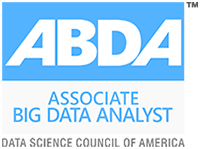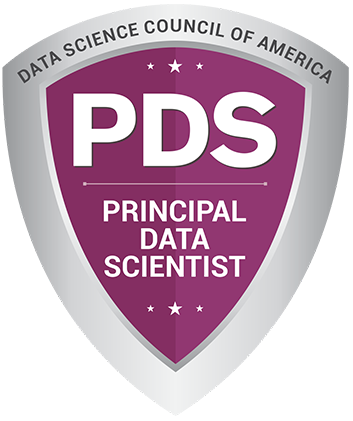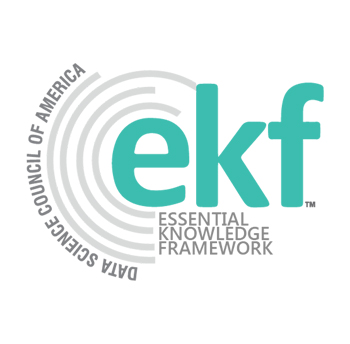High-scale data teams joke that their true job description is “DAG janitor.” Behind every dashboard, ML model, or executive KPI lives a growing tangle of orchestrated tasks—scheduled, retried, back-filled, and occasionally resurrected at 2 a.m. Choosing the right orchestrator (and using it well) is now a strategic decision, not just a tooling preference.
This article examines what actually breaks inside orchestration stacks built on Apache Airflow, Dagster, and Prefect, shows real-world code contrasts, and proposes a maintainability checklist you can apply before your pipeline estate becomes unmanageable.
1.Why Orchestration Hurts at Scale
| Symptom | Root Cause | Business Impact |
|---|---|---|
| DAG sprawl—hundreds of loosely related DAG files | Copy-paste engineering; no shared components | New features require editing many places → slow velocity |
| Silent data loss on upstream failure | Weak retry/backfill logic | Executives make decisions on incomplete data |
| Version confusion in backfills | Code + configs not pinned to the same hash | Metrics drift and can’t be reproduced |
| Undocumented dependencies | People rely on tribal knowledge | Single points of failure & painful onboarding |
Lesson: Orchestration pain is rarely about syntax; it’s about software-engineering discipline applied (or not) to data pipelines.
2. Three Leading Approaches—Contrasted
A. Apache Airflow (2.x/3.x) – “The Cloud Cron on Steroids”
from airflow import DAG
from airflow.operators.bash import BashOperator
from datetime import datetime
with DAG(
dag_id="daily_sales_etl",
start_date=datetime(2025, 6, 1),
schedule_interval="daily",
catchup=False,
max_active_runs=1,
tags=["etl", "sales"],
) as dag:
extract = BashOperator(
task_id="extract",
bash_command="python extract_sales.py {{ ds }}",
)
transform = BashOperator(
task_id="transform",
bash_command="python transform_sales.py {{ ds }}",
)
load = BashOperator(
task_id="load",
bash_command="python load_sales.py {{ ds }}",
)
extract >> transform >> load
Pros
- Ubiquitous; rich ecosystem of providers
- Powerful DAG graph and UI for monitoring
- Mature backfill + retry semantics
Cons
- Jinja templating can become unreadable
- Execution context leaks business logic
- Harder to unit-test without heavy mocks
B. Dagster (1.x) – “Pipelines as Software Modules”
from dagster import asset, Definitions, JobDefinition
asset
def raw_sales():
...
asset
def transformed_sales(raw_sales):
...
asset
def loaded_sales(transformed_sales):
...
sales_job = JobDefinition(
name="sales_job",
ops=[raw_sales, transformed_sales, loaded_sales]
)
defs = Definitions(jobs=[sales_job])
Pros
- Assets & jobs give data-first lineage out of the box
- Declarative config; Pythonic without Jinja
- Native software-defined-assets support unit tests & type hints
Cons
- Smaller talent pool; learning curve for non-engineers
- Kubernetes-native mindset can be overkill for small teams
C. Prefect (3.x) – “Flows, Not DAGs”
from prefect import flow, task
from datetime import datetime
task(retries=3, retry_delay_seconds=60)
def extract(date):
...
task
def transform(raw):
...
task
def load(tfm):
...
flow(log_prints=True)
def daily_sales_etl(date: datetime):
raw = extract(date)
tfm = transform(raw)
load(tfm)
if __name__ == "__main__":
daily_sales_etl(datetime.utcnow())
Pros
- Pure-Python API feels like writing normal functions
- "Reactive” orchestration—only runs what’s changed
- Easy local-to-cloud parity; lightweight for ad-hoc jobs
Cons
- Less mature backfill story (as of mid-2025)
- Limited native UI without Prefect Cloud subscription
3. Maintainability Litmus: Five Questions for Any Orchestrator
| Question | What You’re Checking | Quick Test |
|---|---|---|
| Is pipeline code version-locked to data and configs? | Reproducibility | Can you re-run January with the exact commit used then? |
| Can you unit-test tasks locally in <5 s? | Developer ergonomics | pytest tests/ should run without spinning up the orchestrator |
| Do failures raise alerts within 5 min? | Observability | Kill a task—did PagerDuty fire? |
| Is lineage explorable by non-engineers? | Cross-functional transparency | Show a PM where a metric comes from in one click |
| Can you templatize repeatable patterns? | DRY + scalability | New ETL should require <20 lines of boilerplate |
If an orchestrator scores ≤ 3/5, you’re accumulating technical debt—no matter how hip the tool.
4. Patterns High-Scale Teams Adopt Early
-
Repository-per-Domain, Library-per-Pattern
Keep airflow/dagster/prefect configs alongside the business logic they call—no giant monorepo of DAGs. -
Declarative Data Contracts
Integrate tools like OpenLineage or Marquez so schema changes fail loudly. -
CI/CD for DAGs
Every pull request runs linter + unit tests + a dry-run DAG build. -
Backfill as Code
Encode backfill windows in a parameterized CLI, not ad-hoc UI clicks. -
Structured Logging & Metrics
Emit structured logs (JSON) and pipeline metrics to a time-series DB; build SLIs like “successful runs / scheduled runs.”
5. Decision Matrix—When to Pick What
| Team Size & Needs | Airflow | Dagster | Prefect |
|---|---|---|---|
| Small team, <10 DAGs, wants quick wins | |||
| Mid-size, 10–100 DAGs, mixed batch/ML | |||
| Enterprise, 100+ DAGs, strong data contracts | |||
| Heavy ML feature pipelines, lineage critical | |||
| Mostly Python analytics, minimal ops staff |
= strong fit | = workable with caveats | = usually not ideal
Conclusion: Orchestrators Don’t Make Pipelines Maintainable - People Do
Whether you pick Airflow, Dagster, or Prefect, long-term health depends on software-engineering hygiene: clear ownership, version control, contract tests, and automated observability. The tool is a lever; your practices determine whether it amplifies clarity or chaos.
Tools don’t build reliable pipelines—practices do.
Modern orchestration demands more than configuration; it calls for engineering discipline. DASCA certifications embed these principles to help data engineers design workflows that scale cleanly and communicate clearly.

































